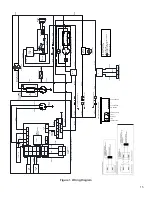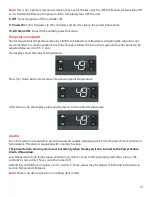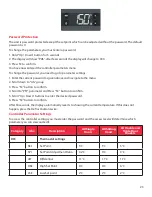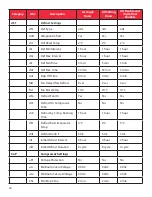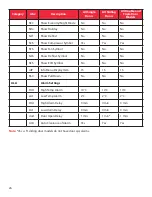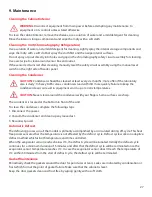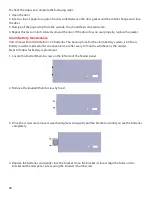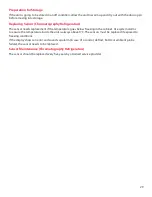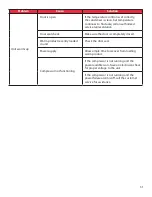
17
5. Prior to loading the shelf, ensure that the shelf is resting on each of 4 clips and the clips are installed.
CAUTION:
Improper shelf clip installation may cause shelf and/or product damage to the unit.
CAUTION:
Do not overload the shelves, the unit is designed to utilize all shelves that are supplied in
an equally spaced manner.
Door Operation
The swinging door units are designed to stay open if opened 90 degrees or more. The spring tension cannot
be adjusted.
The sliding doors can be opened completely towards left or right. If the self-closing door does not work
properly, make sure the unit is leveled properly.
Door Seal
CAUTION:
Door seal integrity is critical for unit performance. A loose fitting gasket allows moist air
to be drawn into the cabinet, resulting in quicker frost buildup on the cabinet walls, longer running
time, poor temperature maintenance and increased operation cost.
Remote Alarm
All units have factory-installed remote alarm contacts that can be used for remote alarm systems. The
maximum distance between a unit and a remote alarm depends on the wire gauge used.
The Remote alarm contacts are located on the right side of the header panel. The three terminals are:
COMMON, OPEN ON FAIL (Normally Closed) and CLOSE ON FAIL (Normally Open).
Wire Gauge Total Wire Length (feet) Distance to Alarm 1/2 Wire Length (feet)
20
530
265
18
840
420
16
1330
665
14
2120
1060
12
3370
1685
To install the remote alarm, make the following connections:
1. Connect the COMMON terminal on the cabinet switch to the COMMON wire on the alarm.
2. To get an alarm when the switch contacts open, connect the OPEN ON FAIL terminal on the cabinet to the
OPEN ON FAIL wire on the alarm.
3. To get an alarm when the switch contacts close, connect the CLOSE ON FAIL terminal on the cabinet to the
CLOSE ON FAIL wire on the alarm. The COMMON and CLOSE ON FAIL wires must be tied together in this
application.
4. Plug the alarm system service cord into an electrical outlet.
5. The contacts will trip in the event of high temperature alarm or low temperature alarm.













